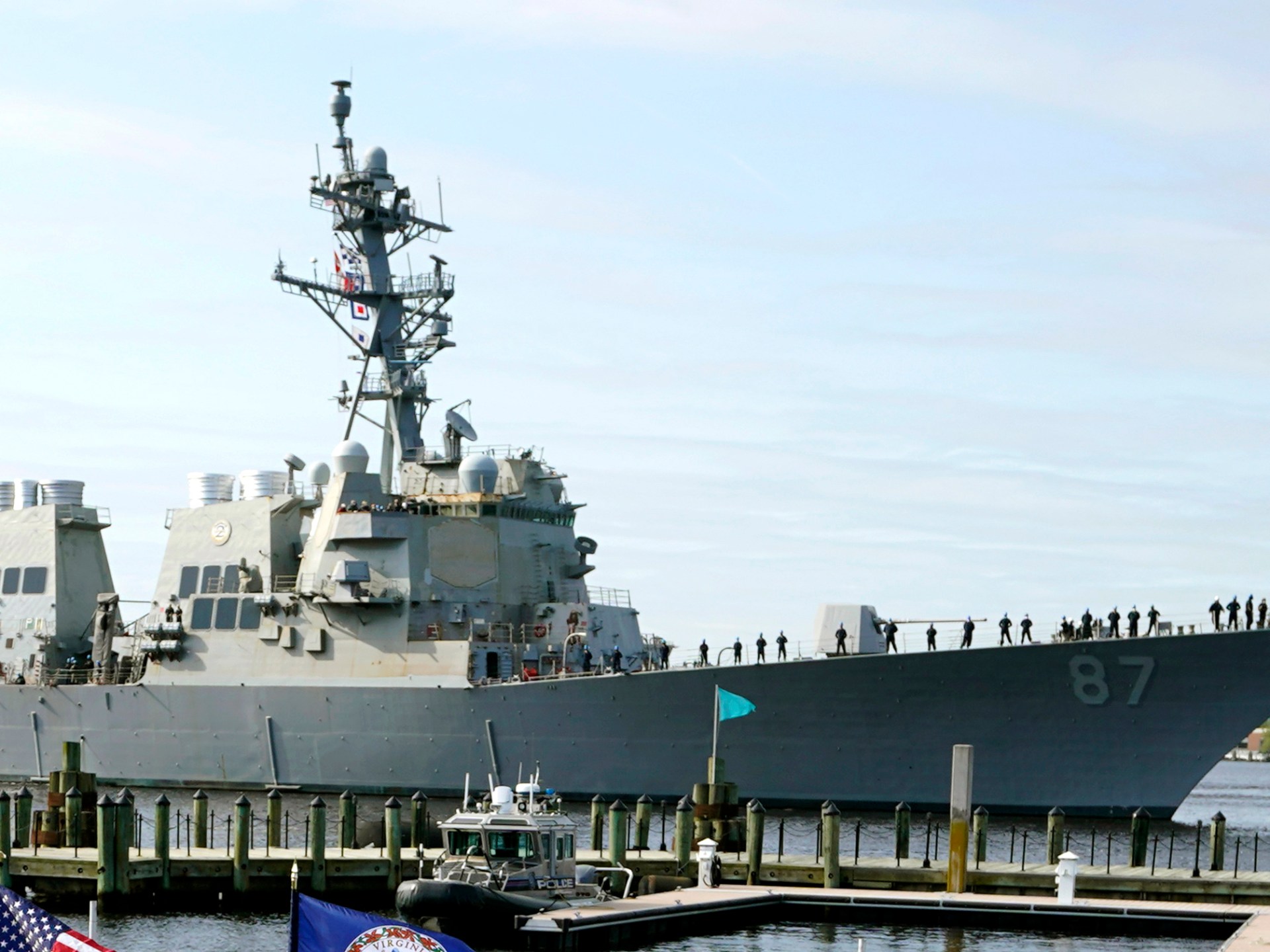Todjaeger
Potstirrer
I wish to point out that normally DT requires posters to at least add a couple of sentences of their own commentary or questions when posting links, otherwise the forum might start to look more like a news feed.(NEW)
US army attacks three Houthi boats in Red Sea, killing at least 10 fighters:

US army attacks three Houthi boats in Red Sea, killing at least 10 fighters
Global shipping giant Maersk suspends operations in the Red Sea for 48 hours after the attack.www.aljazeera.com
Yemen's Houthis attack American warship in Red Sea - report

Yemen's Houthis attack American warship in Red Sea - report
Houthi rebels in Yemen attacked an American warship in the Red Sea, Israeli media reported.The two groups engam.jpost.com
Secondly, the Al Jazeera 'story' is IMO poorly (and inaccurately) headlined, likely to provoke a reaction. If one bothers to actually read the article, rather than just the headline, one will see that the helicopters involved were embarked on USN vessels and then there was a social media announcement by the US CentCom that it was USN helicopters (and not US Army like the headline states) that were involved. This suggests to me either poor (in terms of factual accuracy) journalism, or attempts to manipulate or provoke a response from readers.


